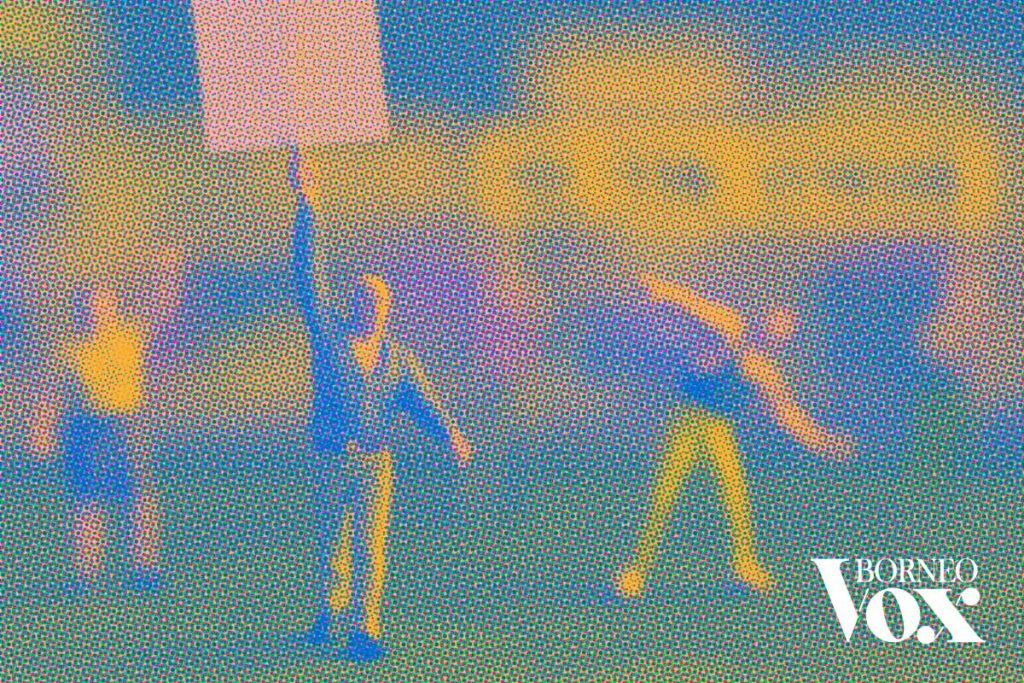Bubu Mengalai. Even the name feels like it carries an ancient echo. This traditional dance-ritual is central to the Bisaya community of Sabah, and its origins are steeped in mysticism.
At its heart is the bubu, a humble fish trap made of bamboo or rattan, transformed into an object of spiritual significance. Think of it as a tool of survival turned into a medium to connect with the supernatural.
Historically, Bubu Mengalai was performed to appease spirits or bring harmony to the community. It wasn’t just a dance; it was a plea, a conversation with forces beyond the physical.
The bubu, often adorned with clothes and symbolic items, becomes a stand-in for the spirit being summoned. These decorations could range from coconut shells as “heads” to pinang (betel nut) clips as “souls.”
Shamans—or spiritual intermediaries—led the rituals with chants and incantations. And yes, burning incense was always part of the deal. A sensory cocktail of smoke, rhythm, and belief.
Communities believed the ritual could drive away bad luck or heal ailments. It wasn’t merely performance; it was utility with a mystical edge. The movements? A mix of dance and deliberate shakes of the bubu, imitating the act of fishing.
Imagine a choreography that marries everyday survival with spiritual aspiration.
In 2007, and the ritual found itself under scrutiny. The Sabah Fatwa Council issued a ruling: no more mystical practices. Using shamans, chanting incantations, or invoking spirits? That’s a hard no.
Even Quranic verses recited outside Islamic contexts were deemed off-limits. But here’s the twist: the dance itself wasn’t banned.
Bubu Mengalai, performed purely as a cultural expression, got the green light. This decision allowed the tradition to evolve while staying within religious boundaries.
What does that look like today? A cultural performance stripped of its mystical core. But does it lose its essence without the spirits and rituals? That’s up for debate.
For the Bisaya, it’s still a point of pride—a nod to their heritage. And heritage is a tricky thing, isn’t it? A tightrope between preservation and reinvention.
Other communities across Borneo, like the Melanau in Sarawak, have their own versions of bubu-inspired rituals. Each community adds its own flavor, but the themes of spirituality and survival remain.
For Sabah, Bubu Mengalai is more than a dance; it’s a story. A story of how tools, traditions, and beliefs intertwine over generations.
A story of how communities adapt to changing times while holding onto their roots. And perhaps, a story of loss—of the mystical edge that once made the ritual extraordinary.
What survives is the visual spectacle, the artistry of the bubu itself. And maybe that’s enough. Or maybe it’s just the beginning of a new chapter for Bubu Mengalai.
As it stands now, it’s a cultural marker of Sabah’s rich and layered identity. A dance. A ritual. A reminder. Bubu Mengalai remains part of Sabah’s heartbeat. – January 23, 2025

